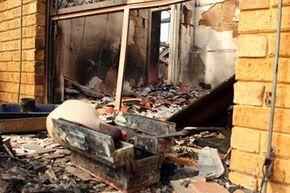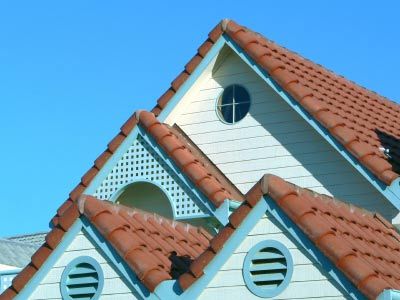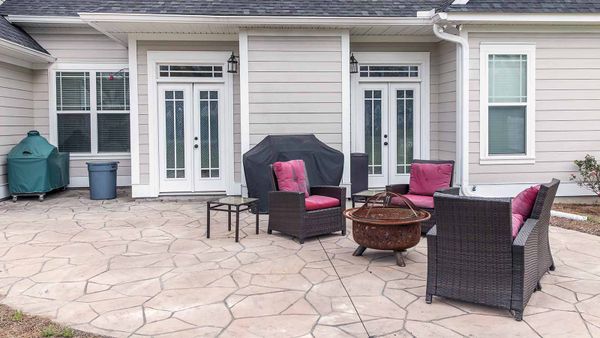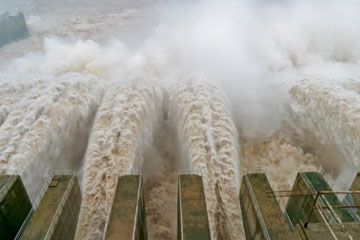There seems to be a hierarchy among architectural materials. Wood and granite are the most popular, glass and aluminum are the trendiest, and marble is the highest of high-end. And then there's concrete...poor, unlovable concrete. We walk on it, drive on it, and even spit gum on it. Some respect. It's just so hard to love a material that's given us block housing, parking decks, and most of the world's prisons. But things may be changing for the ugly duckling of architecture. There is a new trend toward embracing concrete for home construction, mainly because it's one of the strongest and most durable of building materials. It's also incredibly resistant to fire, which makes it a safe bet for homes.
The fire-resistant properties of concrete are fairly easy to understand. The components of concrete – cement (limestone, clay and gypsum) and aggregate materials – are chemically inert and therefore virtually non-combustible. Concrete also has a slow rate of heat transfer, which means that concrete walls in a home act as a fire shield, protecting adjacent rooms from flames and maintaining its structural integrity despite exposure to intense heat [source: The Concrete Center].
Advertisement
How do the properties of concrete make it so impervious to flames? Fire resistance refers to a material's ability to stand firm in a fire while everything around it burns. Determining a building material's fire resistance takes into account the rate of heat transfer and combustibility of that material under variable conditions such as the temperature of the fire, ventilation, and fuel sources within the building [source: Portland Cement Association]. While concrete walls can generally withstand up to four hours of extreme fire pressure, most wood-framed walls would fall in less than an hour [source: International Association of Certified Home Inspectors]. It's also important to note that when concrete does burn, it doesn't emit toxic fumes, produce smoke, or drip molten particles.
The fire resistant qualities of a material are very important in residential construction, as they determine how well the structural integrity of the home will be maintained when exposed to intense heat and flames. This is called fire performance, and we consider a few examples in the next section, including a comparison of concrete and wood.
Advertisement




